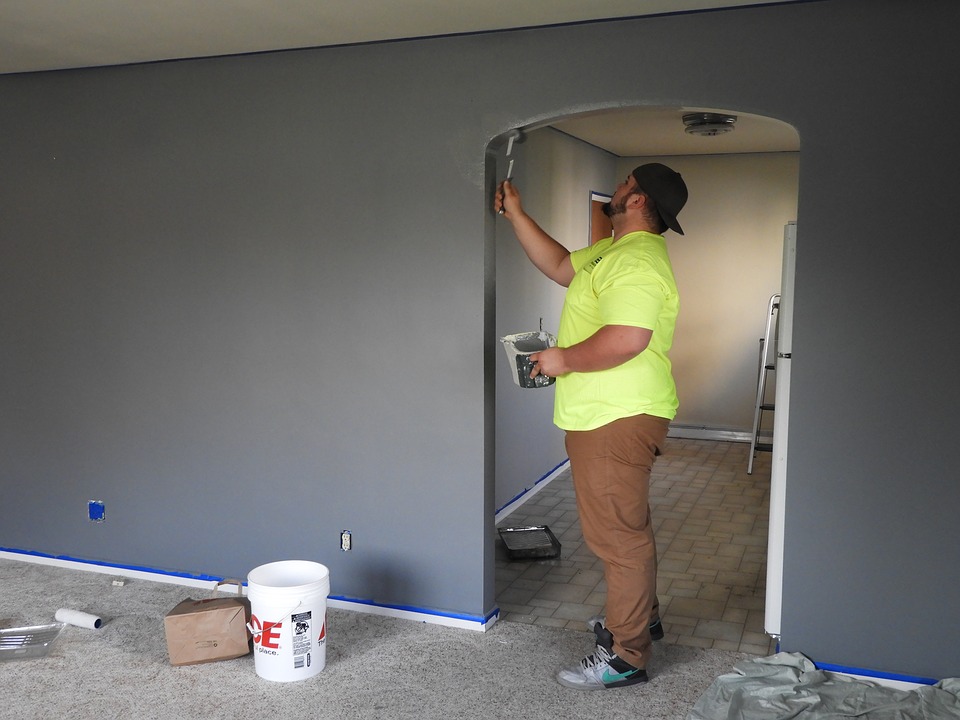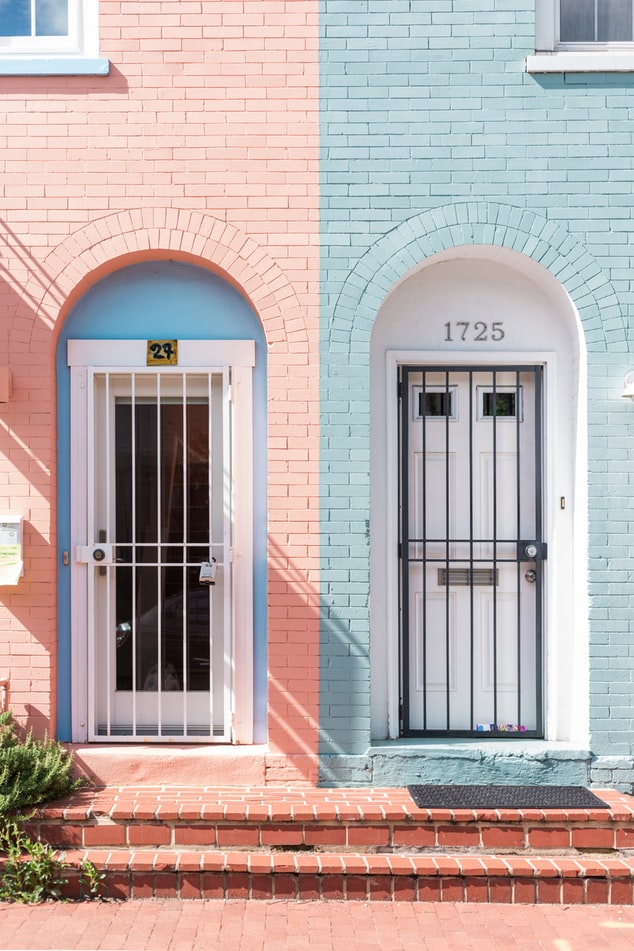Rust and corrosion on metal railings can compromise both their appearance and structural integrity. To prevent these issues, regular maintenance is key, including cleaning, applying protective coatings, and addressing scratches promptly. For those seeking a low-maintenance alternative, modern options like modern glass deck railing provide a sleek, rust-free solution that enhances both safety and aesthetics.
Table of Contents
- Effective Cleaning and Maintenance Tips for Metal Railings
- Protective Coatings and Treatments to Prevent Rust
- Final Thoughts: Keeping Your Railings Rust-Free
Metal railings are a popular choice for decks, balconies, and stairways due to their durability and classic appeal. However, exposure to moisture, humidity, and environmental factors can lead to rust and corrosion over time. Not only does this detract from the railing’s appearance, but it can also weaken its structural integrity, posing safety risks.
The good news is that with proper care and preventive measures, you can significantly extend the lifespan of your metal railings. From routine cleaning to applying protective coatings, there are several steps you can take to keep rust at bay. For homeowners looking for a hassle-free option, alternatives like modern glass deck railing offer a stylish and rust-resistant solution that requires minimal upkeep.
Effective Cleaning and Maintenance Tips for Metal Railings
Regular cleaning and maintenance are essential for preventing rust and corrosion on metal railings. By adopting a consistent care routine, you can preserve their appearance and structural integrity for years to come. Here are some practical tips to keep your railings in top condition:
Regular Washing to Remove Dirt and Salt Buildup
Dirt, grime, and salt can trap moisture against the railing’s surface, creating an ideal environment for rust to form. To prevent this, clean your railings regularly using the following steps:
- Use a mild detergent mixed with warm water to wash the railing’s surface. Avoid harsh chemicals, which can damage protective coatings.
- Scrub gently with a soft-bristle brush or sponge to remove dirt and debris without scratching the finish.
- Rinse thoroughly with clean water to make sure no soap residue is left behind, as this can attract more dirt.
- Dry the railing with a clean cloth to eliminate lingering moisture that could lead to rust.
For railings in coastal areas or near pools, increase the frequency of cleaning to address salt buildup, which accelerates corrosion.
Using the Right Tools and Cleaning Solutions
The tools and products you use for cleaning play a significant role in maintaining your railings:
- Stick to non-abrasive tools like microfiber cloths or soft brushes to avoid damaging the protective coating.
- If rust spots have already formed, use fine-grit sandpaper or a rust remover specifically designed for metal surfaces. Afterward, apply a primer and touch-up paint to seal the area and prevent further oxidation.
- For stainless steel or aluminum railings, consider using a specialized metal cleaner that restores shine while providing additional protection against corrosion.
Avoid using steel wool or wire brushes, as these can leave tiny scratches that expose the bare metal to moisture.
Inspecting for Scratches or Chips in the Finish
Routine inspections are a critical part of maintenance. During your cleaning process, take the time to examine the railing for any signs of damage to its protective coating:
- Look for scratches, chips, or areas where the paint has worn away. These imperfections create entry points for moisture and oxygen, leading to rust.
- If you find any damage, address it immediately by sanding the affected area lightly, applying a rust-inhibiting primer, and finishing with a matching paint or sealant.
- Pay special attention to joints, corners, and welded areas, as these are common spots for wear and tear.
By catching and repairing small issues early, you can prevent them from escalating into larger problems that require costly repairs.
Why Consistency Is Key
Consistent cleaning and maintenance not only prevent rust but also enhance the overall longevity of your railings. A proactive approach secures that minor issues are resolved before they compromise the railing’s safety or appearance. For best results, incorporate these tasks into your seasonal home maintenance routine, especially before and after winter when railings are most exposed to harsh weather conditions.
Protective Coatings and Treatments to Prevent Rust
Protective coatings and treatments are among the most effective ways to shield metal railings from rust and corrosion. These solutions create a barrier between the metal surface and environmental elements, significantly extending the railing’s lifespan. Here’s an overview of the most common options and how they work:
Applying Primer and Paint for Long-Term Protection
Paint is one of the simplest and most cost-effective ways to protect metal railings. When applied correctly, it forms a durable layer that prevents moisture and oxygen from reaching the metal surface:
- Start by cleaning the railing thoroughly to remove dirt, grease, and existing rust. Any contaminants left behind can compromise the paint’s adhesion.
- Apply a rust-inhibiting primer to secure proper bonding and additional protection against oxidation.
- Finish with a high-quality exterior paint designed for metal surfaces. Choose a weather-resistant formula that can withstand exposure to rain, sunlight, and temperature fluctuations.
For best results, repaint your railings every few years or whenever the finish begins to show signs of wear. Regular touch-ups on scratched or chipped areas will also help maintain the protective barrier.
Using Rust Inhibitors and Sealants
Rust inhibitors and sealants are specialized products designed to prevent corrosion at the source. These treatments penetrate the metal surface, creating a chemical barrier that resists oxidation:
- Rust inhibitors are ideal for treating small rust spots before they spread. They neutralize existing corrosion and prevent further damage when used as directed.
- Sealants, such as clear polyurethane or epoxy-based products, provide an additional layer of protection over painted or bare metal surfaces. These coatings are particularly effective in high-moisture environments, such as coastal areas or poolside settings.
When applying these products, follow the manufacturer’s instructions carefully to secure proper coverage and curing. For heavily corroded areas, consider consulting a professional to guarantee thorough treatment.
Galvanization and Powder Coating as Durable Solutions
For homeowners seeking long-lasting protection, industrial-grade treatments like galvanization and powder coating offer superior durability:
- Galvanization: This process involves coating the metal with a layer of zinc, which acts as a sacrificial barrier. Even if the coating is scratched, the zinc continues to protect the underlying metal from rust. Galvanized railings are highly resistant to corrosion and require minimal maintenance.
- Powder Coating: Powder coating applies a dry powder to the metal surface, which is then cured under heat to form a hard, protective finish. This method is not only durable but also provides a sleek, uniform appearance. Powder-coated railings are resistant to chipping, fading, and corrosion, making them an excellent choice for outdoor use.
While these treatments are more expensive upfront, their longevity and low maintenance requirements make them a worthwhile investment for many homeowners.
Final Thoughts: Keeping Your Railings Rust-Free
Rust and corrosion are persistent threats to metal railings, but with the right knowledge and proactive measures, you can protect your investment and extend their lifespan. Regular cleaning, prompt repairs, and the application of protective coatings are all essential steps in preventing rust from taking hold. By staying vigilant and addressing small issues early, you can avoid costly repairs or replacements down the line.



